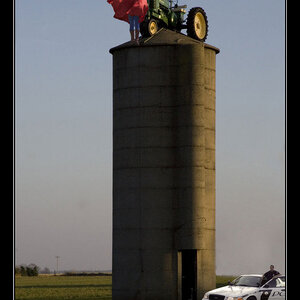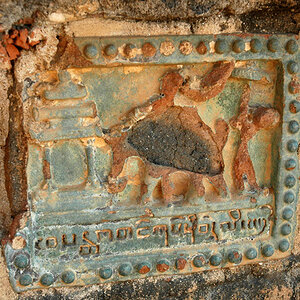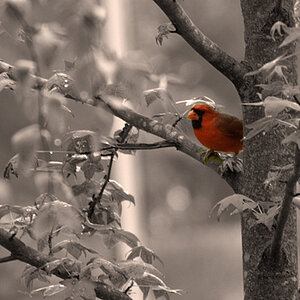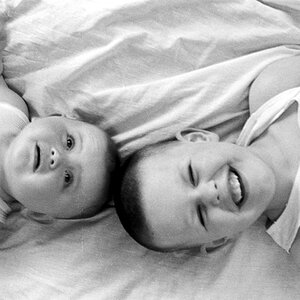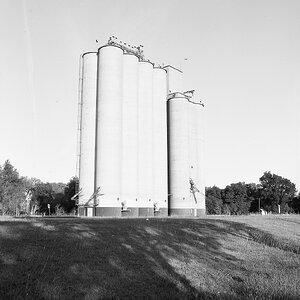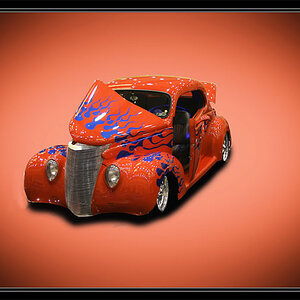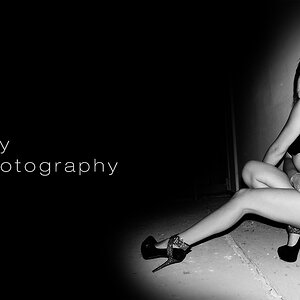Droid04
TPF Noob!
- Joined
- Nov 11, 2013
- Messages
- 6
- Reaction score
- 0
- Location
- Romania
- Can others edit my Photos
- Photos OK to edit
Hy everyone!
Last day I wanted to make a photo of a chess table complete with pieces. Single light source above - normal indoor lamp. The chess table & pieces are all shiny & highly reflective.
I used Nikon D5000 + Nikkor 70-300 on tripod. Settings : f 4.5/ f8/ f11, 3D focus mode, center weighted light mettering.
10 seconds timer.
So, in viewing the pictures on large screen I noticed that many had a focus problem.
I shot in manual focus and alternatively with auto focus and both seemed to have problems, regardless of apperture.
Probably due to the reflective surfaces, it was hard to lock on.
Also how do you focus on more than one object (beside increasing DOF) ?
Ideeas/ sugestions for focusing on reflective objects/ others ideeas?
Thanks!
Last day I wanted to make a photo of a chess table complete with pieces. Single light source above - normal indoor lamp. The chess table & pieces are all shiny & highly reflective.
I used Nikon D5000 + Nikkor 70-300 on tripod. Settings : f 4.5/ f8/ f11, 3D focus mode, center weighted light mettering.
10 seconds timer.
So, in viewing the pictures on large screen I noticed that many had a focus problem.
I shot in manual focus and alternatively with auto focus and both seemed to have problems, regardless of apperture.
Probably due to the reflective surfaces, it was hard to lock on.
Also how do you focus on more than one object (beside increasing DOF) ?
Ideeas/ sugestions for focusing on reflective objects/ others ideeas?
Thanks!


